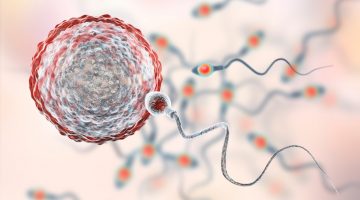FET | Frozen Embryo Transfer
A Frozen Embryo Transfer is a cycle in which frozen embryos from a previous IVF or donor egg cycle are thawed and then transferred into a woman’s uterus.
Why Do a FET?
Medically Advised
During an IVF cycle with standard medication protocol, a woman is in a state of controlled ovarian hyperstimulation which adds a good deal of physiological stress to the womans body. In some cases, the womans body is unable to simultaneously prepare a nice “home,” for the embryos to be transferred in the short 3-5 days required for a fresh transfer. When progesterone/estrogen levels or the endometrial lining are not ideal, it is medically advised to convert any plans for a fresh transfer to a frozen transfer.
Easier to Plan
Because there are times when it is medically advised to convert a fresh cycle to a freeze all with a frozen transfer many, particularly travel clients, find it much easier to plan in advance for a frozen transfer as they are rarely ever canceled, can be easily planned for, and offer the same success rates.
Remaining Embryos
In a conventional IVF cycle, it is common for 10-15 eggs to be produced through controlled hyperstimulation and result in a number of high-quality embryos available for transfer. Today’s standard practice of care is to transfer one (sometimes two) embryo into the woman’s uterus and freeze all remaining embryos to increase the chance of future pregnancy (should the couple want to continue expanding their family after giving birth or if the first transfer fails).
How It Works
What to Expect for an FET
Each and every FET is customized to your cycle and variable depending on your response to medications (if using).. A typical medicated FET cycles follows the following phases.
Thickening the Lining
This first phase on preparing for an FET is Estrogen “supplementation.” Estrogen acts to thicken the uterine lining, similar to how estrogen produced by a developing egg follicle does during a normal menstrual cycle.
After approximately 8-10 days, the woman will come in for a lining check and be instructed on the next phase of the FET preparation.
Lining "receptivity"
After your lining check, one will typically continue their estrogen regimen and be instructed to add the progesterone medication in a few days. Progesterone helps the uterine lining receptivity to embryo implantation. Typically progesterone is started on days 11-13 from the beginning of the estrogen protocol and sets the actual embryo transfer procedure in motion and determines when your embryo(s) will be thawed and transferred.
- Cleavage (Day 3) embryos will be transferred 4 days after the start of progesterone.
- Blastocyst (Day 5 . . . or 6/7) embryos will be transferred 6 days after the start of progesterone.
Frozen Embryo Transfer
- Much like a fresh transfer or pap smear, a frozen embryo transfer does not require any anesthesia and is usually painless.
- The thawed embryos are loaded into a catheter with a small amount of transfer media which is then passed through the cervix and deposited into the uterus.


